San Gimignano. The church of Sant'Agostino
2021
You may also like
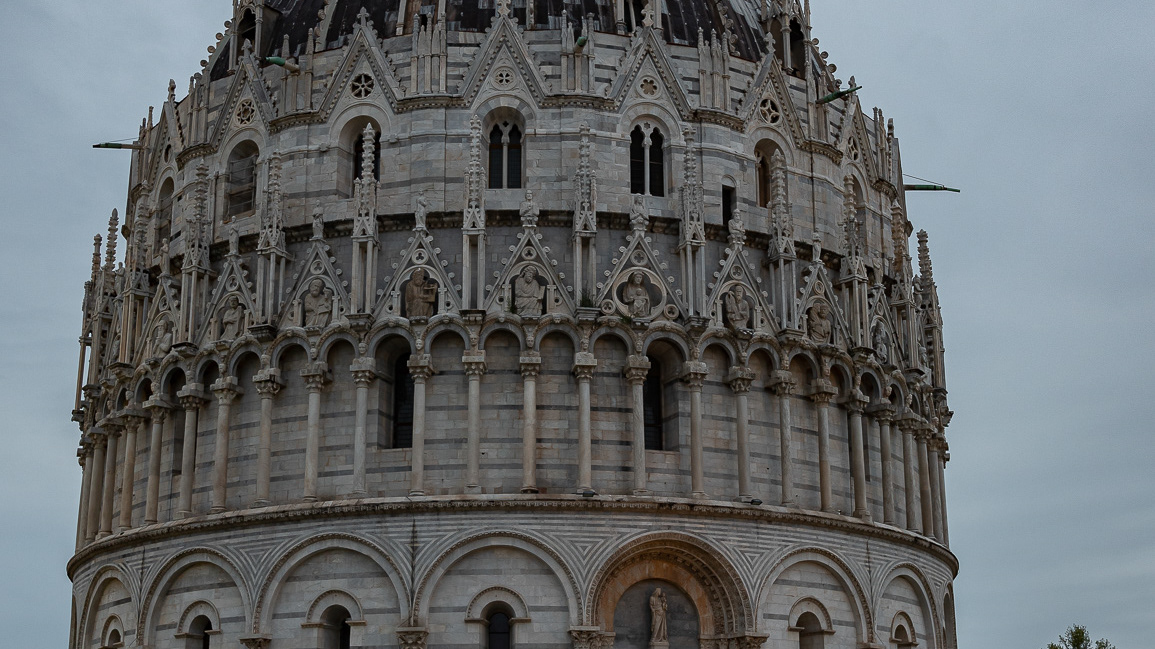
2021
Pisa, The baptistery of San Giovanni
the baptistery of San Giovanni is one of the monuments in the Piazza dei Miracoli, in Pisa; it rises in front of the western facade of the cathedral of Santa Maria Assunta, south of the monumental cemetery. It is the largest baptistery in Italy, and also in the world: its circumference measures 107.24 m, while the width of the masonry at the base is 263 cm (2 meters and 63 cm), for a height of 54 meters and 86 centimeters. The construction of the building began in the mid-twelfth century: "1153 mense Augusti fundata fuit haec ...", or "In the month of August 1153 it was founded ..." (1153 in the Pisan calendar corresponds to 1152). It replaces an earlier, smaller baptistery which was located north-east of the Cathedral, where the Camposanto is now located. It was built in Romanesque style by an architect who signed himself «Diotisalvi magister…» in a pillar inside the building. Later Nicola and Giovanni Pisano were also foremen of the yard, as well as Cellino di Nese. In the nineteenth century, at the same time as a renewal that affected the entire Piazza del Duomo and its monuments, the baptistery was subject to a radical restoration by the architect Alessandro Gherardesca, with interventions that led to the reconstruction of some portals and a large part of the decorative apparatus. Despite the denunciations of some intellectuals and prominent personalities of the Pisan culture of the time, such as Carlo Lasinio, the works, directed by the master builder Giovanni Storni, led to the removal of numerous sculptures by Nicola and Giovanni Pisano. The statues, placed at the top of the first order above and inside the vimpergas, were replaced with works that did not imitate the medieval taste, while the original sculptures were almost all lost except for those now exhibited at the Museo dell'Opera del Duomo. The intervention should have also extended inside, with the creation of frescoes in the central basin, but the project was not concretized and was essentially limited to the removal of non-medieval furnishings and the installation of new windows.

2021
Fucecchio, Tuscany. Corsini Park. The fortified towers
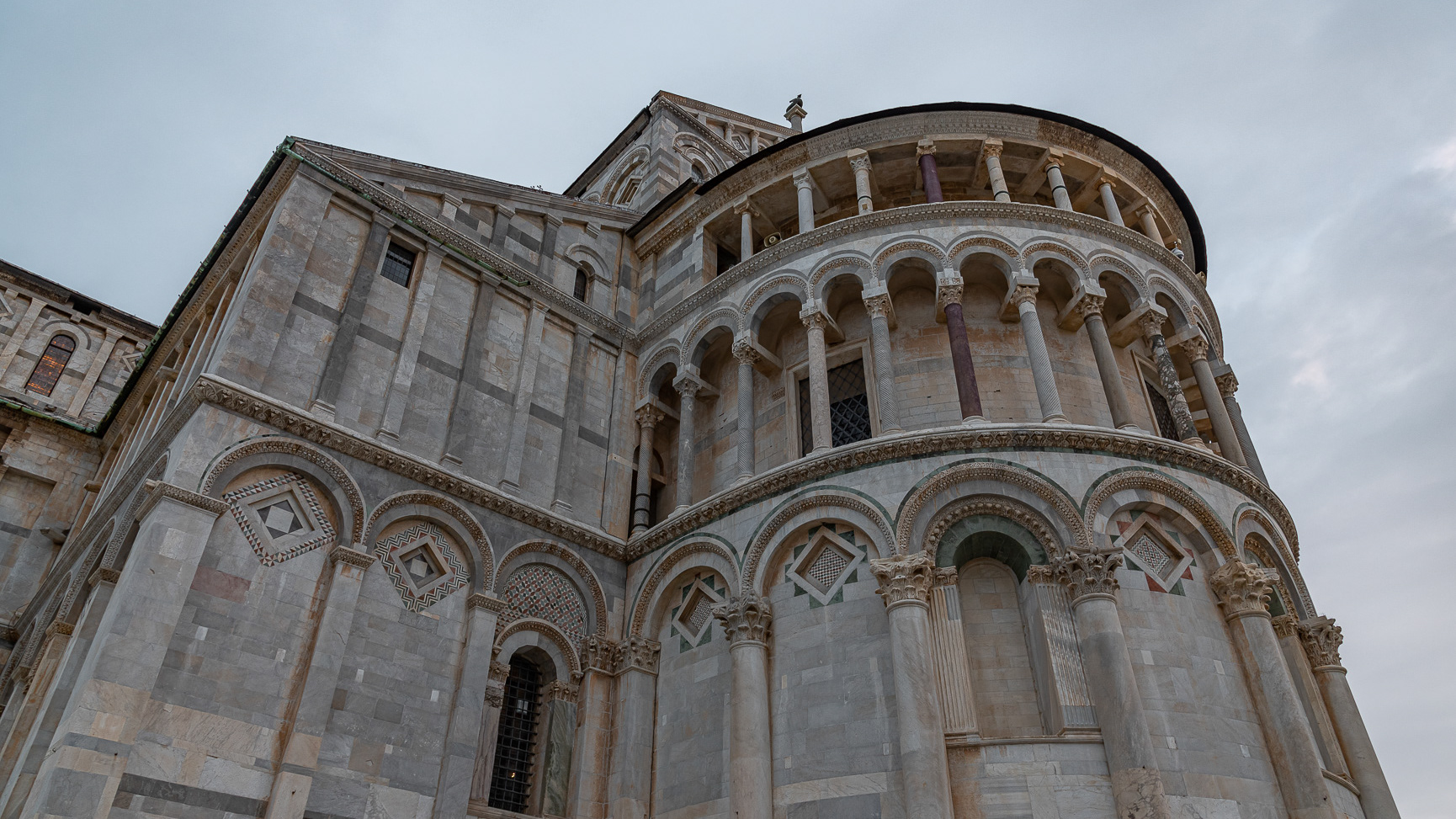
2021
Pisa, the cathedral of Santa Maria Assunta
The cathedral of Santa Maria Assunta, in the center of the Piazza del Duomo, also known as Piazza dei Miracoli, is the medieval cathedral of Pisa as well as the primatial church. Masterpiece of the Romanesque, in particular of the Pisan Romanesque, it represents the tangible testimony of the prestige and wealth achieved by the maritime republic of Pisa at the moment of its apogee. It was begun in 1063 (1064 according to the Pisan calendar in force at the time) by the architect Buscheto, with the tenth part of the booty of the undertaking of Palermo in Sicily against the Muslims (1063) led by Giovanni Orlandi belonging to the Orlandi family [1] . Different stylistic elements come together: classical, Lombard-Emilian, Byzantine and in particular Islamic, proof of the international presence of Pisan merchants at that time. In that same year the reconstruction of the Basilica of San Marco in Venice was also begun, so it may well be that at the time there was a rivalry between the two maritime republics to create the most beautiful and sumptuous place of worship. The church was erected in an area outside the early medieval walls, to symbolize the power of Pisa which did not need protection. The chosen area was already used in the Lombard period as a necropolis and, already in the early 11th century, an unfinished church was erected which must have been dedicated to Santa Maria. The new large church of Buscheto, in fact, was initially called Santa Maria Maggiore until it was definitively dedicated to Santa Maria Assunta.
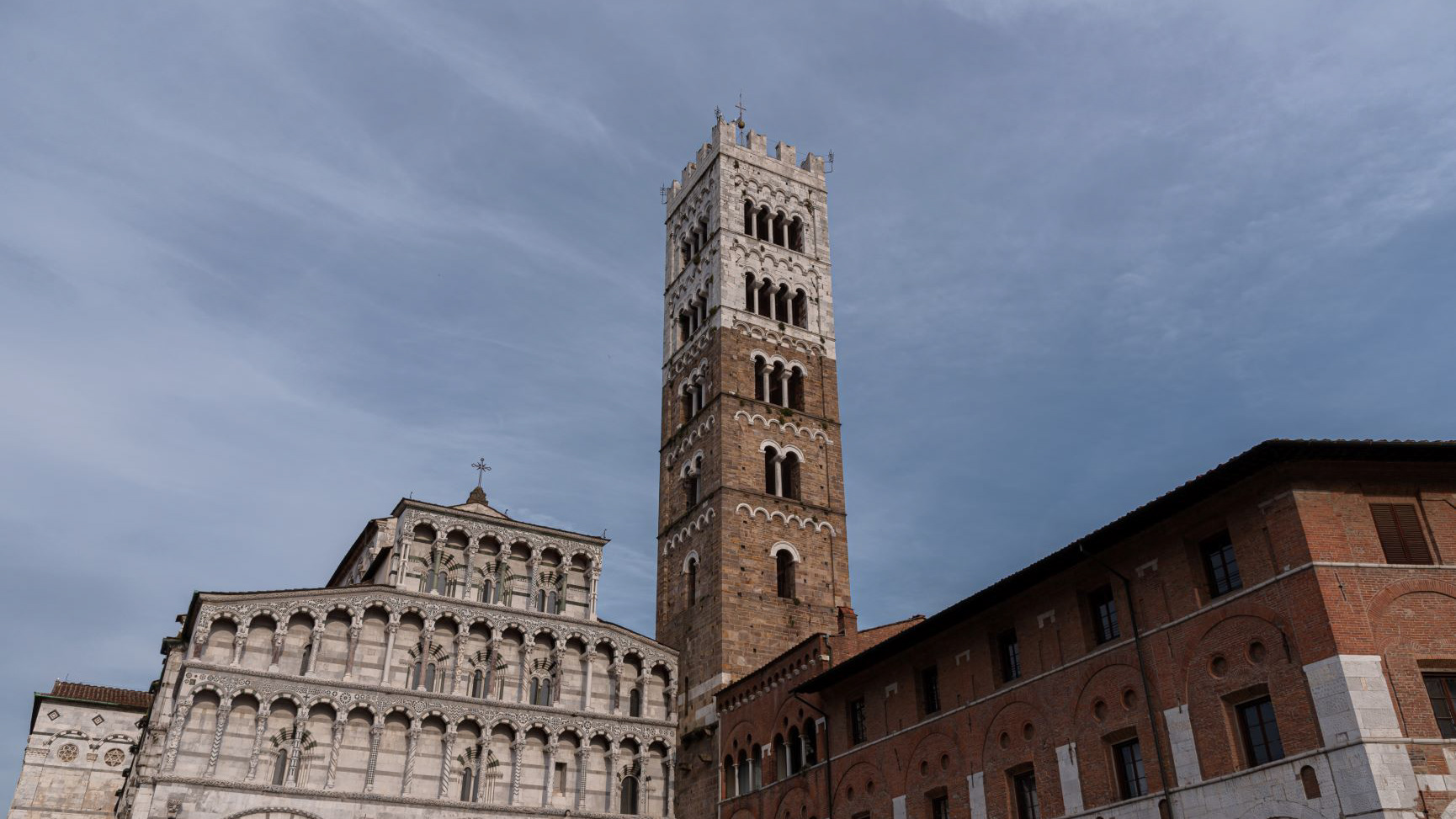
2021
Lucca. The Cathedral of San Martino
The Cathedral of San Martino is the main Catholic place of worship in the city of Lucca. According to tradition, the cathedral was founded by San Frediano in the sixth century, then rebuilt by Anselmo da Baggio, bishop of the city, in 1060.
2021
Lucca, Tuscany. The church of San Giusto
The church of San Giusto is a church in Lucca located in the square of the same name. The current building, built on a previous one, dates back to the second half of the 12th century.

2021
Fucecchio, Tuscany, Italy. Panoramas
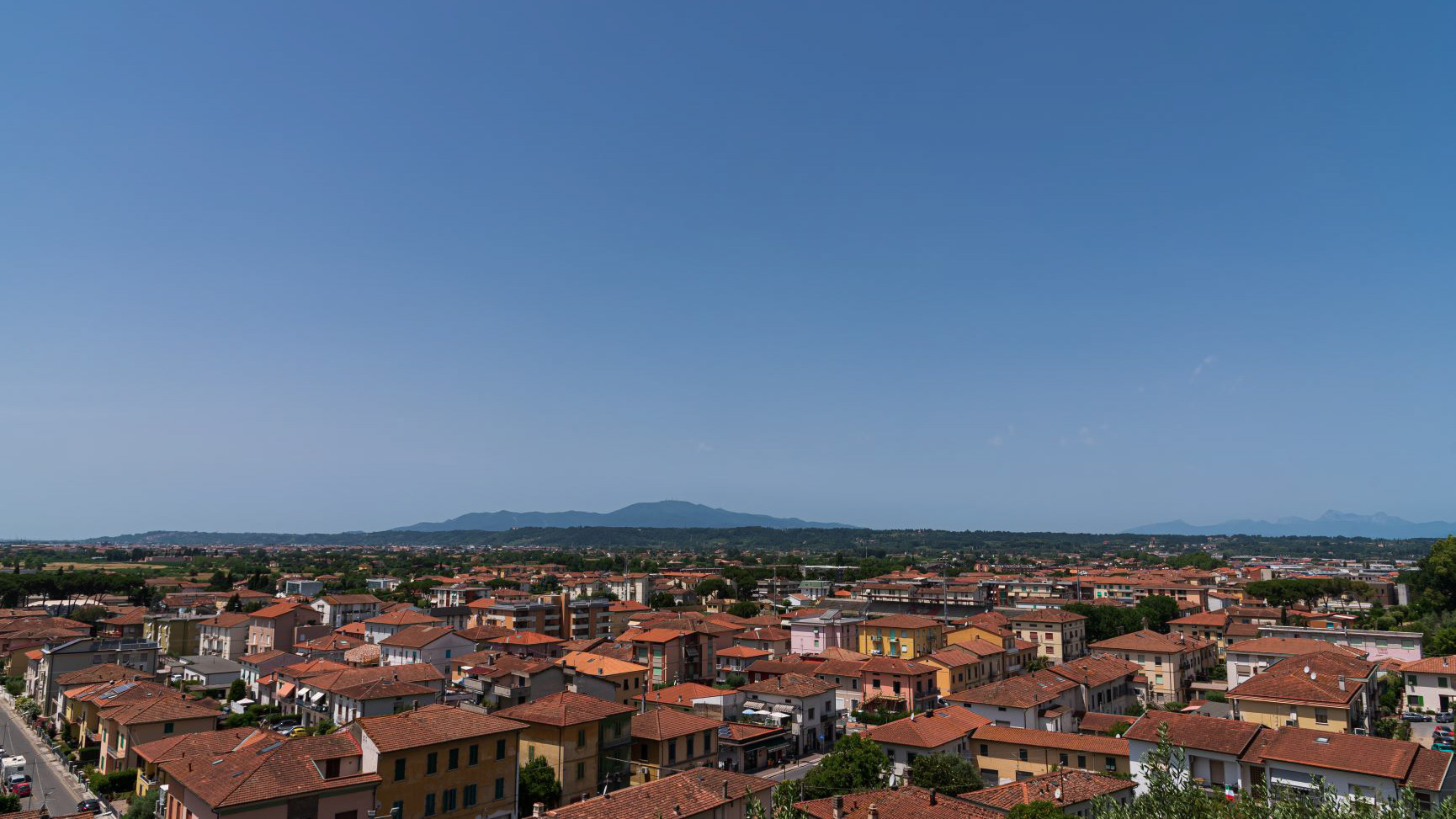
2021
Fucecchio. Panorama from the lookout of the city
Fucecchio is an Italian town of 23,076 inhabitants in the metropolitan city of Florence in Tuscany, in the lower Valdarno.
2021
Lucca, Tuscany. The church of San Cristoforo
The church of San Cristoforo is a church of Lucca in Tuscany located in via Fillungo. Built in the 11th century, it was rebuilt in the mid-12th century.
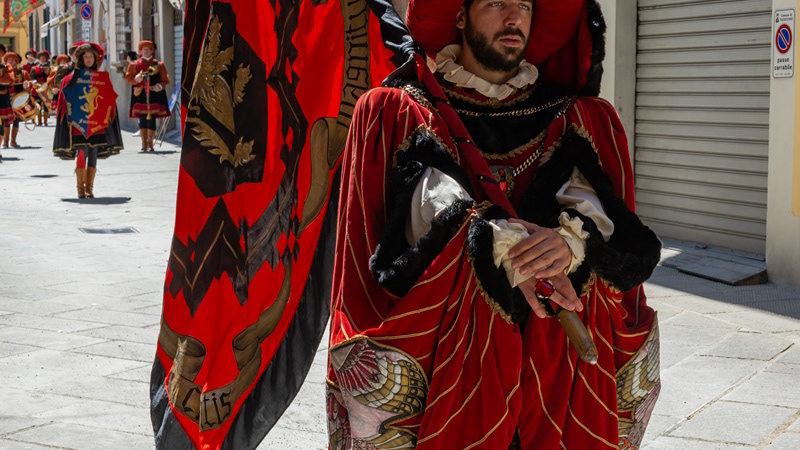
2018
Fucecchio, parade of the districts 2018
The Palio delle Contrade Città di Fucecchio, commonly known as the Palio di Fucecchio, is an event reminiscent of a contest held in Fucecchio around 1200. Originally called Palio della Lancia, it takes place on the penultimate Sunday of May (except for the edition of 2017). The race includes two heats and a final, on horses mounted bareback by jockeys. The last historical edition of which we have news from the local historical archives dates back to June 14, 1863. It was only from the eighties that the carousel came back to life with regularity. The forerunner of the modern Palio was the "Fratres blood donors group", which in 1980 organized a pony race to promote blood donation. From the following year it was decided to organize a real Palio delle Contrade, with horses mounted in saddles. After an initial presence of sixteen districts, the number definitively dropped to the current twelve. From 1987 the saddle was abandoned, and the horses were mounted bareback. Since 1995, the FRATRES blood donors group left the Palio in the hands of the municipal administration, as it has grown a lot compared to how it was born. The event takes place inside the "ex quarry of Andrea" commonly called "La buca" by the locals: a natural racecourse suitable for horse racing. The land of the "hole" has been trodden by the strongest Italian jockeys: from Aceto to Cianchino, from Pesse to Trecciolino passing through other important jockeys such as Massimino II, Il Bufera, Bucefalo, Bastiano up to the youngest promises such as Gingillo, Lo Zedde , Bighino, Sgaibarre, Velvet, Tittia, Vittorio.

2018
Fucecchio
Fucecchio (pronounced / fuˈʧekkjo /; fučékki̯o, Ficeclum in Latin) is an Italian town of 23,343 inhabitants in the metropolitan city of Florence in Tuscany, in the lower Valdarno. The Municipality is located on the right bank of the Arno river, on the border between the metropolitan city of Florence and the provinces of Pisa, Lucca and Pistoia and near the wet area of the Fucecchio Marsh. Its territory covers an area of 65 km², on average around 25 m s.l.m .; the town extends partly lying on a hill, which since ancient times has taken the name of "Poggio Salamartano", and for the most part in the flat area on its slopes. About 45 kilometers from Florence and 38 from Pisa, included in the Leather District, borders to the north with the municipalities of Chiesina Uzzanese and Ponte Buggianese, to the east with the municipalities of Larciano and Cerreto Guidi, to the south with the municipality of San Miniato and to the west with the municipalities of Santa Croce sull'Arno, Castelfranco di Sotto and Altopascio. The toponym is attested for the first time in 1027 [5] as "Ficiclo", "Ficecli" and "Ficecchio" and derives from the Latin ficetulum with the meaning of "wood of fig, place of figs ".
